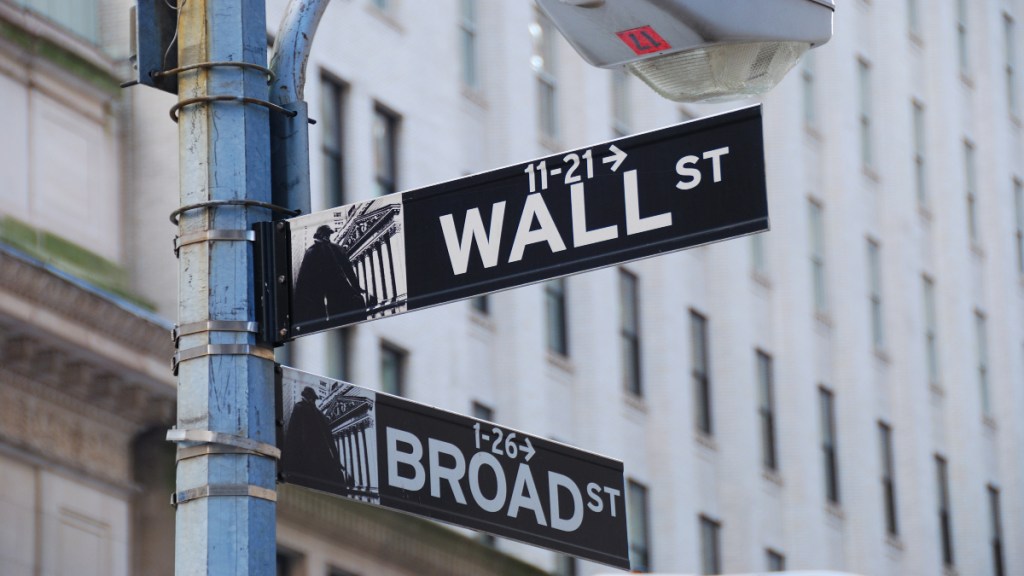President Donald Trump on Saturday signed an executive order imposing tariffs on goods entering the United States from its largest trading partners—Mexico, Canada, and China—heightening concerns over corporate profits and inflation. With the tariffs set to take effect early Tuesday, investors are scrambling to assess the potential impact on US markets, corporate earnings, and inflationary pressures.
Details of the Executive Order
The executive order levies a 25% tariff on imports from Mexico and Canada, and a 10% tariff on Chinese goods, with the White House signaling that these measures are set to go into effect at 12:01 a.m. ET on Tuesday. Trump has expressed little flexibility, stating that nothing could be done to prevent the tariffs from being implemented. However, he did suggest that Canadian oil imports might be exempt from the 10% tariff on energy supplies.
Growing Concerns Over Market Reactions
The announcement has left investors on edge. Mark Malek, chief investment officer at Siebert Financial in New York, expressed concerns that the market, which has largely supported Trump’s policies thus far, may now turn against him. “Until now the market has really been on Trump’s side, but that could change and the market could challenge him for the first time,” Malek stated.
As rumors of the tariff details spread, some investors have clung to the hope that this may be another negotiation tactic, with the president potentially backing down before the tariffs are fully enforced. Rick Meckler, partner at Cherry Lane Investments, noted that any delay in implementation would signal the possibility of Trump stepping back from his aggressive stance.
Economic Impact
The tariffs come with a range of potential economic repercussions. Barclays strategists have warned that these new tariffs could reduce S&P 500 company earnings by as much as 2.8%, factoring in retaliatory measures from Mexico, Canada, and China. Additionally, economists from Goldman Sachs estimate that across-the-board tariffs would contribute a 0.7% increase in core inflation and a 0.4% drag on GDP growth.
The possibility of rising consumer prices has investors worried about the revival of inflation, which could lead the Federal Reserve to halt its recent rate-cutting cycle. Last week, the Federal Reserve paused its interest rate cuts, with Fed Chair Jerome Powell indicating that the central bank is closely monitoring the new administration’s policies.
Market Outlook
With the S&P 500 near all-time highs, analysts are predicting potential short-term volatility when the markets reopen on Monday. Gene Goldman, chief investment officer at Cetera Financial Group, believes that the combination of high valuations, the inflationary impact of tariffs, and potential changes in Fed policy will contribute to declines in stocks and higher-risk assets. Evercore ISI strategists forecast that the S&P 500 could move 3% to 5% in either direction as the market reacts to the unfolding events.
Geopolitical Risks and Uncertainty
“This is one of these big geopolitical events that you can’t predict,” said Colin Graham, head of multi-asset strategies at Robeco. “They just happen and you have to figure out afterwards what you’re going to do.” The unpredictability of such geopolitical moves adds to the uncertainty, making it challenging for investors to anticipate the long-term impact.
The tariffs imposed by President Trump represent a significant shift in U.S. trade policy and pose a critical test for both the markets and the broader economy. With rising inflation concerns and potential disruptions to corporate earnings, investors will need to remain vigilant as the situation unfolds. The coming days may prove pivotal in determining how markets adjust to these changes, especially as the Federal Reserve’s next moves could further influence investor sentiment.

